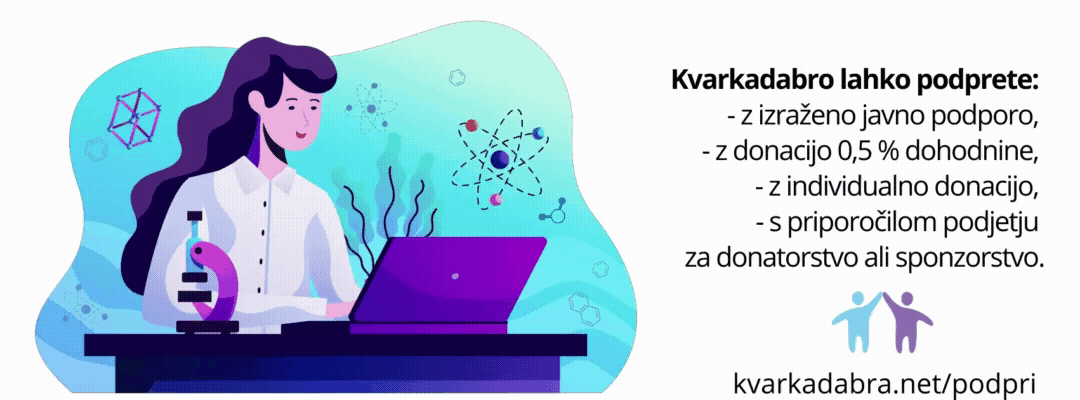V zadnjem New Yorkerju je Ken Auletta objavil zanimiv zapis o Stanfordu in o prelivanju med silicijevo dolino in Stanfordskimi učilnicami.
On a sunny day in February, Evan Spiegel had an appointment with Wendell and Nasr to seek their advice. A lean mechanical-engineering senior from Los Angeles, in a cardigan, T-shirt, and jeans, Spiegel wanted to describe the mobile-phone application, called Snapchat, that he and a fraternity brother had designed. The idea came to him when a friend said, “I wish these photos I am sending this girl would disappear.” As Spiegel and his partner conceived it, the app would allow users to avoid making youthful indiscretions a matter of digital permanence. You could take pictures on a mobile device and share them, and after ten seconds the images would disappear.
Spiegel needed some business advice from campus mentors. He and his partner already had forty thousand users and were maxing out their credit cards. If they reached a million customers, the cost of their computer servers would exceed twenty thousand dollars per month. Spiegel told Wendell and Nasr that he needed investment money but feared going to a venture-capital firm, “because we don’t want to lose control of the company.” When Wendell asked if he’d like an introduction to the people at Twitter, Spiegel said that he was afraid that they might steal the idea. Wendell and Nasr suggested a meeting with Google’s venture-capital arm. Spiegel agreed, Nasr arranged it, and Spiegel and Google are now talking.
…If the Ivy League was the breeding ground for the élites of the American Century, Stanford is the farm system for Silicon Valley. When looking for engineers, Schmidt said, Google starts at Stanford. Five per cent of Google employees are Stanford graduates. The president of Stanford, John L. Hennessy, is a director of Google; he is also a director of Cisco Systems and a successful former entrepreneur. Stanford’s Office of Technology Licensing has licensed eight thousand campus-inspired inventions, and has generated $1.3 billion in royalties for the university. Stanford’s public-relations arm proclaims that five thousand companies “trace their origins to Stanford ideas or to Stanford faculty and students.” They include Hewlett-Packard, Yahoo, Cisco Systems, Sun Microsystems, eBay, Netflix, Electronic Arts, Intuit, Fairchild Semiconductor, Agilent Technologies, Silicon Graphics, LinkedIn, and E*Trade.
….But Stanford’s entrepreneurial culture has also turned it into a place where many faculty and students have a gold-rush mentality and where the distinction between faculty and student may blur as, together, they seek both invention and fortune. Corporate and government funding may warp research priorities. A quarter of all undergraduates and more than fifty per cent of graduate students are engineering majors. At Harvard, the figures are four and ten per cent; at Yale, they’re five and eight per cent. Some ask whether Stanford has struck the right balance between commerce and learning, between the acquisition of skills to make it and intellectual discovery for its own sake.
….Very often, the wealth created by Stanford’s faculty and students flows back to the school. Hennessy is among the foremost fund-raisers in America. In his twelve years as president, Stanford’s endowment has grown to nearly seventeen billion dollars. In each of the past seven years, Stanford has raised more money than any other American university.

















Dobrodošel bi bil še avtorjev komentar. Več o študiji na ameriških univerzah je obširno napisal mladi profesor na MITju Barbič. Zelo priporočam. http://people.csail.mit.edu/barbic/vodic.html // Ali hočemo drugačen sistem večih / privatnih univerz? Gre za vprašanje kontrolnega in upravnega mehanizma univerze. Ena poanta ameriškega sistema od javnega denarja neodvisnih oz. manj odvisnih univerz je, da imajo direkten interes v naklonjenosti bivših študentov. Dobro lahko delujejo le, če si ti v svojih bodočih vplivnih vlogah predstavljajo, da se da na univerzah kaj pametnega narediti. Si sploh drzne kdo narediti raziskavo, koliko diplomantov naših univerz je zadovoljnih s svojo izkušnjo? Kaj pa na… Beri dalje »
…………Lahko razvijamo hibridne modele, in tu je dovolj neraziskanega. Prej omenjen MSU je bil za to debato zaradi izhodišč neprimerna platforma, čeprav bi bili rezultati na kratek rok v hočeš-nočeš demokratično-kapitalistični situaciji bolj realistični. (MSU in vprašanje taktike).…..še bolje pa, če temelje porušimo, in zgradimo nekaj novega, z oporo na nekaj novega. Pri tem je potrebno začeti z dobro artikuliranimi cilji (npr "idealno in nediskriminatorno teoretsko in znanstveno okolje"), ne pa se zapoditi v veselo ideološko rekonfiguriranje.Seveda predlagam tehnologijo. Za nove sisteme pridobivanja znanja so po mojem bolj kot razvijanje konceptov tipa "samoupraven študij" relevantne informacijsko-komunikacijske tehnologije, pritisk v smeri… Beri dalje »
Kar se tiče ZDA. Ne smemo pozabiti, da imajo H1B viso. Brez nje bi njihove privatne univerze služile za javno kuhinjo. Silikonska dolina pa bi bila v evropi.
(ZdravaPamet)
Kako je mogoče, da profesorju in ministru ni jasno, da so zero suppressed grafi vredni samo posmehovanja, in nikakor primerni v objavi profesorja, in je njihov edini namen populizem.
http://twitter.com/#!/zzTurk/status/198346278780936192
Takšnih napak še doktorski študentje ne delajo.
Kaj je to "zero suppressed graf"? Hvala.
Zdi se, da se Anonimni pritozuje nad tem, da na grafu ni risan porast (razmerje) z vkljuceno niclo na abscisi, ampak je povecan zanimivi del grafa. Ne vem, zakaj bi to bil problem…
Namen grafa ni prikazati razvoj neke kolicine, ampak manipulirati z podatki, da bi se cim bolj "napihnila" razlika. Podobno je vidno recimo v clanku od financ
http://www.finance.si/351371/Public-enemy-Sindikalist-Branimir-%C5%A0trukelj-je-politi%C4%8Dni-luzer
To je tako kot da bi nekdo v hep-ex clanku risal invariantno maso zero suppressed in se s tem delal kako dober S/B ima.
Potem, ce je to dopustno pa lahko tudi risemo skalo na oseh grafa kot poljubno funkcijo.